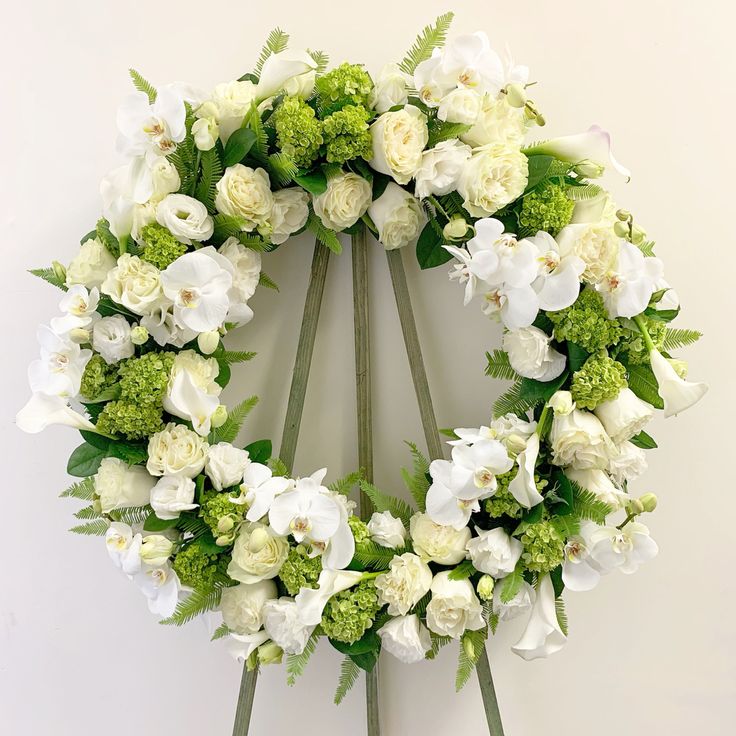Ever wondered how flowers play a role in funeral traditions across the globe?
Flowers are a universal symbol of respect, love, and remembrance in funeral customs, but their use varies greatly from culture to culture. Each tradition reflects unique beliefs, histories, and customs, offering a glimpse into the diversity of ways we honor and remember our loved ones.
Exploring these traditions not only celebrates cultural richness but also helps you make more meaningful choices when selecting flowers for a service.





